ES9018 “DAC-END R” Fully Assembled DAC
Updated 5/9/13
Discussion link: diyaudio
Design link: Audio Design Guide
This year brought two brand new implementations of the Sabre32 ES9018 DAC to the diy community. One is the bare-bones $99 ES9018 board from diyinhk and the other is a fully assembled board from Quang Hao-Andrea, the “DAC-END R”. There is a group-buy going on here: [link].
Joining the Buffalo DAC and the Acko DAC, there is now a version for every taste, budget and diy capability. It’s never been a better time for the diyer.
The DAC-END-R ES9018 is fully assembled including the power supplies. All you need to add is a transformer and the input connections. There is even a “plug & play” header and mounting holes for the Amanero USB/DSD interface. In effect, this is not quite “diy” as it can be ordered fully functional with power supply and enclosure. But it is also not a commercial offering since it is currently a “diy group-buy” project.
I was able to get a hold of a prototype board to test it out. As can be seen the photos, the finish and workmanship is a combination of machine reflow and manual soldering. Quang Hao indicates that the production board will be totally machine manufactured for a fully professional finish.
Choice of components is not for low cost, but high performance. Resistors are MELF [link]. I’ve seen these used in the WEISS 202 DAC [link]
The all popular Crystek CCHD-950, 100 MHz. Using this speed, the max specified in the datasheet allows noise-free playback of 384KHz sample rate material.
The board has built-in passive I/V resistors (the production board will have MELF resistors instead of the Caddock resistors shown here). The small 10 ohm allows the DAC to work “closer” to current mode (making the voltage swing smaller) improving its THD performance. Here is a post explaining the value of small value passive I/V: [link]
The DAC can operate in both current and voltage modes. With either mode, you can also bypass these resistors by removing the jumpers (e.g., J8) and use the DAC in proper current mode (fixing its voltage) or in full voltage mode (allowing full voltage swing) for direct connection to an amplifier.
Here is a photo of a production board
POWER SECTION
The DAC board comes with nine power supplies:
Two Pre-regulators based on the LT1963 high-power low noise LDOs. These regulate the rectified ~9V DC from the transformers and provide the “raw” 5V for the analog sections and the “raw” 5V for the digital sections
Five shunt regulators based on the Ti/BB OPA2134 opamp:
- Two shunt regulators for the 3.3V Analog R and L
- Two shunt regulators for the 1.2V Analog R and L
- The fifth shunt provides the 3.3V digital for the clock
The core 1.2 digital supply is based on the LT1963 low noise LDO.
There is also an additional digital 3.3v (yet another LT1963 in a different package) regulator for the controller board and LCD display and also as a second pre-regulator to the 1.2V digital supply
I can tell Quang Hao is a fan of the LT1963 regulator. Every package variation has been implemented in this board 🙂
All the regulators can be bypassed with the built-in jumpers (in case you wish to try other regulators).
OPERATION
Included with the DAC board is a controller board with LCD display and infrared remote sensor. This is aimed at the “non-tinkerer” (unlike my Hifiduino code :-))
There are 5 buttons with the following functions
- Increase volume (up button)
- Decrease volume (down button)
- Mute (center button)
- Switch input forward (right button)
- Switch input reverse (left button)
The LCD displays volume level, input selection, and the sample rate when there is lock on a signal.
On the left of the LCD is the IR sensor. I have not purchased the remote (widely available in eBay) so I have not used the remote functions. I suppose it does the same as the buttons.
The board has its own power supply if you do not wish to power it with the 3.3V supply in the DAC board (there is a jumper to disable powering the control board).
SMART INPUT CONFIGURATION
I am happy that Quang Hao/Andrea decided to follow my post about leveraging the automatic detection and internal mux capability of the Sabre DAC [link]. As such, the DAC can switch inputs by just programming the internal registers without the need of any external circuitry. This makes switching inputs “totally transparent” without having the signal go through relays, additional wiring or switches.
I tested this configuration with an optical SPDIF connection and with the Amanero I2S/DSD connection both connected to the DAC board. The SPDIF and the Amanero board had their signals live at all times (meaning that if I switch to either one, there was a lock to the signal). The source switching worked flawlessly. And no problems were observed. There was some concerns about this not fully working, but as implemented and tested, it works perfectly.
The DAC can accommodate two additional spdif inputs: a coax and an AES/EBU each with the appropriate isolation transformer and level converter as shown below:
This is a very nice implementation of “smart” input selection.
LISTENING IMPRESSION
Voltage-mode output
In this initial test, I am using the DAC-END R DAC in voltage-mode output, connecting directly to the amplifier and using the digital volume control in the DAC.
For proper voltage-mode, I removed the jumpers for the on-board passive I/V (10 ohm) resistor to get the full voltage swing. Leaving the 10 ohm resistors connected, the output level will be much reduced.
Note: I also got the output boards, but I need to get a proper transformer first… I will test them later.
Playing tracks in iTunes and Foobar
Admittedly, I am not one that can spend time focusing on minute differences or having the right words to explain the differences. I like to rather enjoy the listening session and pick up details as they come. I can say is that this is also a very good sounding DAC and it is an excellent implementation of the ES9018 Sabre DAC both from the technical and sonic point of view.
After listening to a severak familiar tracks, the DAC sounded wonderfully. The familiar sound was there. All the familiar details were there. Nothing was missing. (As most readers can figure out, I’ve been using another excellent implementation of the Sabre32DAC for a long while already)
I tried the optical output from the Musiland 03US and also the I2S/DSD output from the Amanero USB board. In the controller board, you just select “optical” or “USB” to select the desired input source. I was very happy to see the switching between SPDIF and SERIAL (I2S/DSD) working – Something I theorized but never tried.
I tried several sample rates through the SPDIF interface and also tried up to 352K/384K sample through the I2S interface. Also tried DSD-64 and DSD-128 through the same serial interface (don’t have any DSD higher than 128). Every sample rate and format was supported without a glitch (Some may recall that with the 80Mhz clock, playing 352K and 384K had noise glitches)
All in all, I felt the DAC-END R implementation excels in the top end. Sometimes I felt a more detailed presentation in the top end as compared to my memory of familiar tracks. No doubt the use of the faster clock and the use of shunt regulators throughout had something to do with it.
UPDATE
Here are some photos of the production boards for the diyaudio group-buy I received (the photos) from Mr QuangHao. Other photos from users receiving their boards/dacs.
Notice that the oscillator has been replaced with a different one:
According to QuangHao, Mouser did not deliver the CCHD-950 he ordered, so he had to purchase CCHD-575 [link]
Comparing the phase noise between the two shows that the CCHD-575 is actually slightly better than the CCHD-950 in terms of phase jitter:
Here are some photos I pulled from diyaudio. Looking very nice!
Very clean design. A single custom transformer provides the 4 required voltages.
The display is now a nicer blue/white LCD…
MORE PHOTOS OF PRODUCTION (GROUP BUY) BOARD
[link]
Board jumper configuration
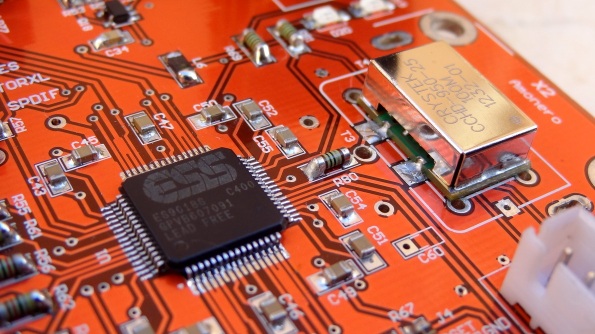

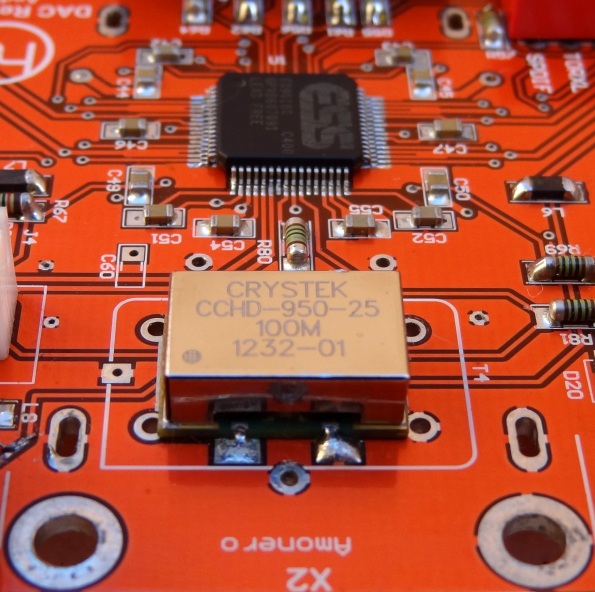





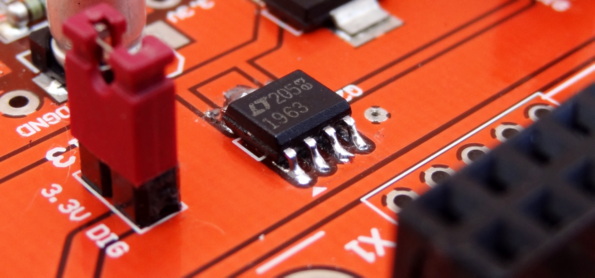
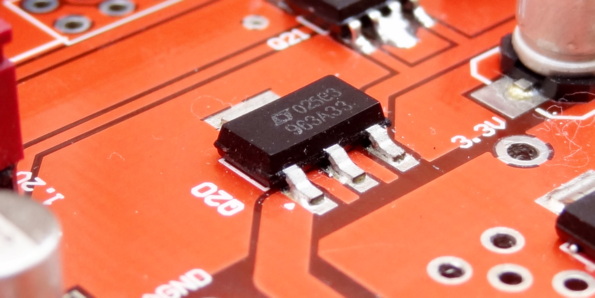
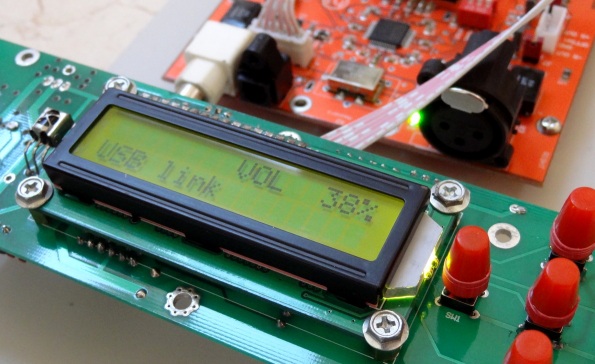

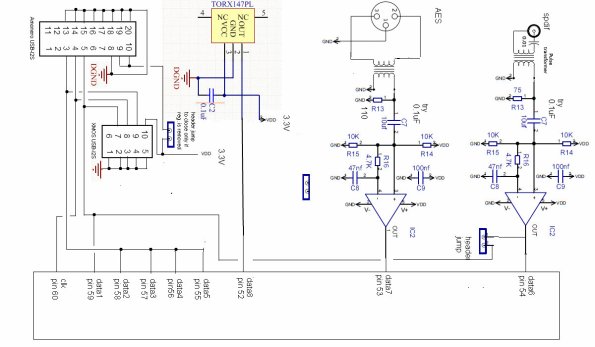





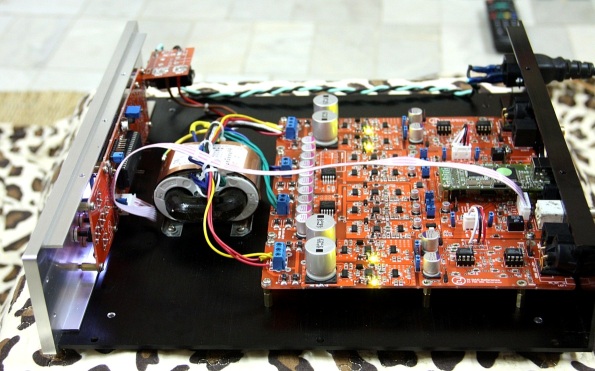
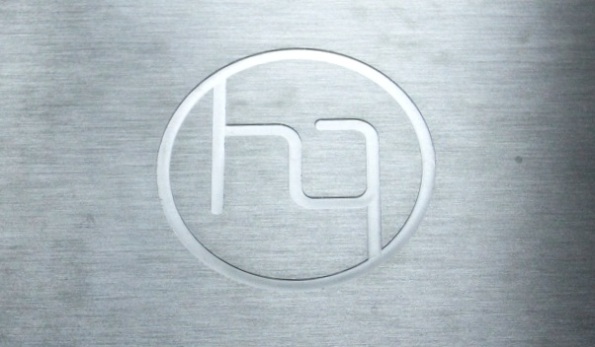





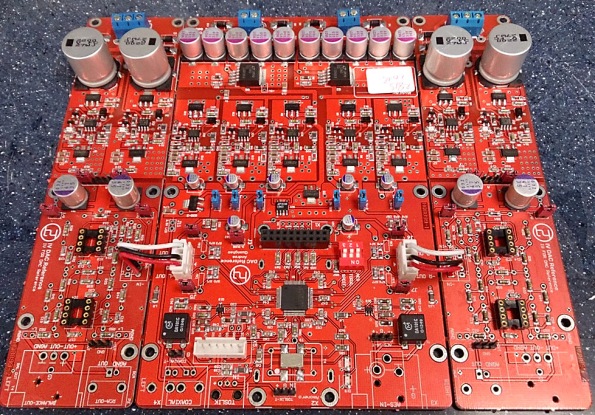
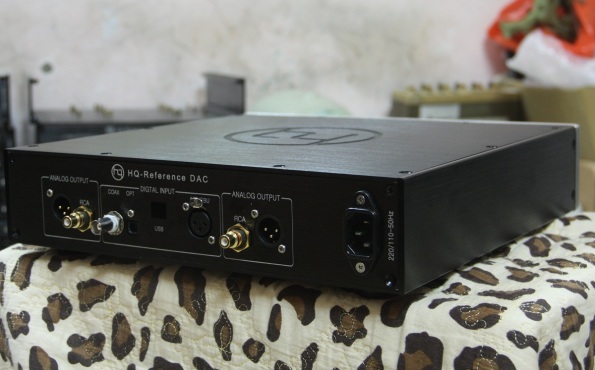
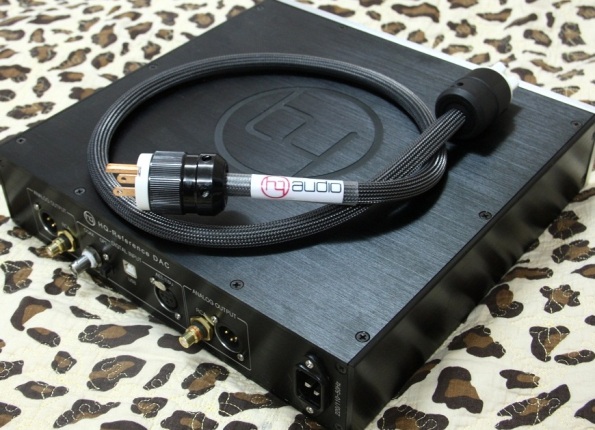
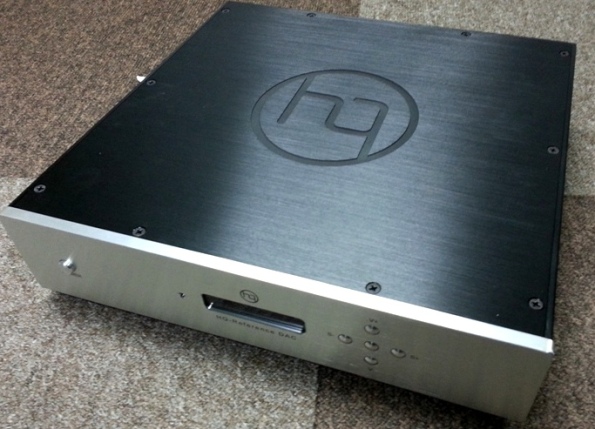
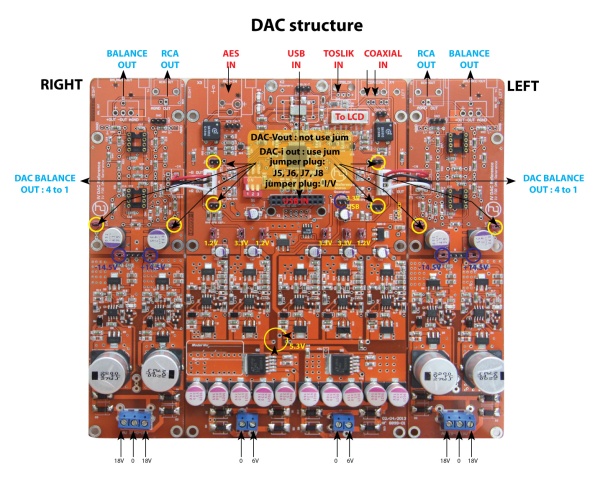
A worthwhile addition to your comparative presentations of DIY ES9018 boards might be the implementation of German company Digelaty:
http://www.digitalcrossoverroomcorrection.com/html/catalog.html
I would welcome a write up if anyone has experience with the board.
Do you perhaps know which type of IC is used for converting consumer level SPDIF to TTL? In the smart input configuration schematics it’s marked as IC2.
Check the posts on Buffalo II, there I show the specific part
I would like to get 8 channel output. Is this possible?
I am not familiar with the 9018 dac chip but I am interesting about “SMART INPUT CONFIGURATION”.
I see at the each spdif input a circuit with a pulse transformer and 74HCU04 perhaps. What kind of spdif signal is the output, it is normal 500mVpp or TTL Level? Is this provide a buffer signal?
What type of pulse TR is needed?
I search for the best spdif input circuit for the WM8805 receiver.
Thanks.
frau befriedigen
metodo del ritmo para mujeres irregulares
Introductions! Invite to SourcingIC.com!!
We are Hong Kong supplier of the adhering to IC brands for 15 years:
TOSHIBA
ALTERA
ANALOG DEVICES
TEXAS TOOLS
ST
FAIRCHILD
ATMEL
XILINX
INTEGRATED CIRCUIT
SAMSUNG
MAXIM
NEC
NXP
ON SEMI
PHILIPS
FREESCALE
INFINEON
INTERSIL
STRAIGHT INNOVATION
MOTOROLA
I know you may need to find ICs.
The major objective for us is sourcing ICs. As you know more than 99% ICs available in this earth could be discovered in China, but it is time-costly to find or send out questions to thousands of suppliers or firms one at a time to find who got stocks and obtain good quote!
Action 1: Skype or email our colleague: sales@sourcingic.com
Action 2: Tell us component number and the quantity or various other demands
Action 3: I will certainly resource from suppliers as well as our teammate will pick the reliable provider to estimate
Step 4: Our knowledgeable IC technicans will evaluate the ICs to validate they are genius and working well
Tip 5: Well loaded and also shipped
Settlement Approach:
Paypal/ Western Uniuon/ TT
See you!
Finest Regards,
Sourcing IC
To provide every rare ICs
Company History:
Souring IC Ltd is a Hong Kong based company with China workplaces in various districts. We provide a wide variety of digital elements, focused on IC consisting of Sound IC, Power Administration IC, Consumer Electronic IC, etc. Our objective is to provide any parts which are hard to be sourced in the electronic market, particularly the one discountinued by manufacturing facilities. With the help of most current A.I system as well as the elite teammates we had, we have the ability to source every ICs that is not generally made use of by the co-operation with thousands manufacturing facilities and also companies in China. We have the ability to give one of the most affordable cost without MOQ.